Heart Sound:
During each cardiac cycle two prominent sounds are produced which can be easily heard through a stethoscope. The first heart sound (lub) is associated with the closure of the tricuspid and bicuspid valves whereas the second heart sound (dub) is associated with the closure of the semi-lunar valves. These sounds are of clinical diagnostic significance.
E.C.G.:
ECG is a graphical representation of the electrical activity of the
heart during a cardiac cycle. Each peak in the ECG is identified with a letter from P to T that corresponds to a specific electrical activity of the heart.
The P-wave represents the electrical excitation (or depolarisation) of the atria, which leads to the contraction of both the atria.
The QRS complex represents the depolarisation of the ventricles,
which initiates the ventricular contraction. The contraction starts shortly after Q and marks the beginning of the systole.
The T-wave represents the return of the ventricles from excited to
normal state (repolarisation). The end of the T-wave marks the end of systole.
Obviously, by counting the number of QRS complexes that occur in a given time period, one can determine the heart beat rate of an individual.
………………………………………………………………………..
Subscribe to NEET preparation channel: https://www.youtube.com/channel/UCVjG…
Like us on facebook: https://www.facebook.com/profile.php?…
Follow us our facebook page: https://www.facebook.com/neetwithaks/
Follow me on gmail ID: [email protected]
Category: Education
License: Standard YouTube License
#Being Human Charitable Trust
source


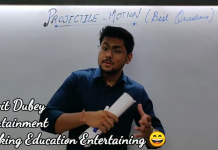
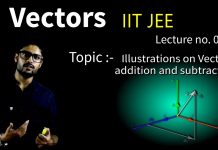
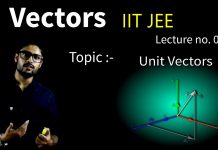
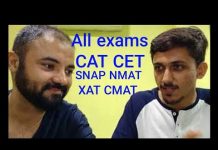

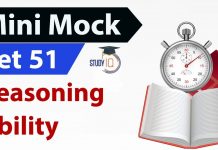
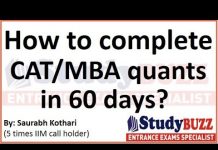


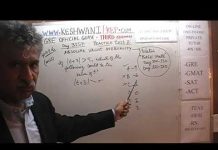

![CY_GATE_2019_PHYSICAL_SPECTROSCOPY_[ELECTRONIC_BASIC]_All IN ONE_[Short_Trick]_2018-19_PART_1ST - Videos](https://trends.edugorilla.com/wp-content/uploads/sites/8/2018/08/cy_gate_2019_physical_spectroscopy_electronic_basic_all-in-one_short_trick_2018-19_part_1st-218x150.jpg)



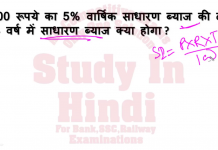
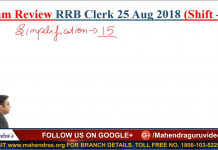
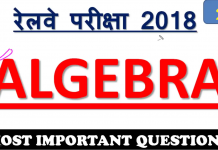
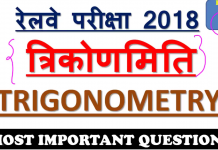
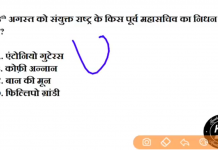
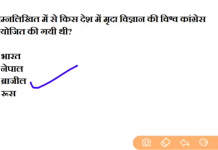
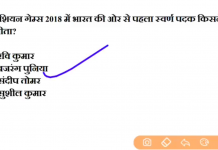




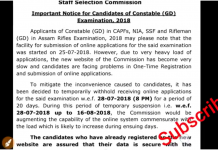
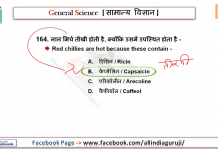
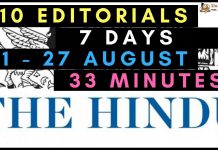
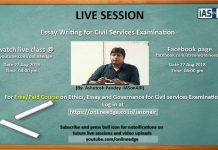
![24 August 2018 – The Indian Express Newspaper Analysis हिंदी में – [UPSC/SSC/IBPS] Current affairs - Videos](https://trends.edugorilla.com/wp-content/uploads/sites/8/2018/08/a520-218x150.png)
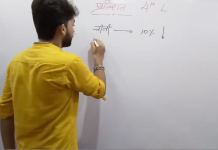



Great..
Ur presentation on board is good
Plz provide your no